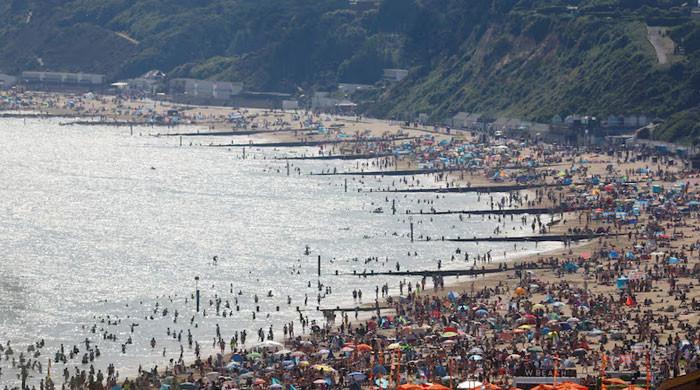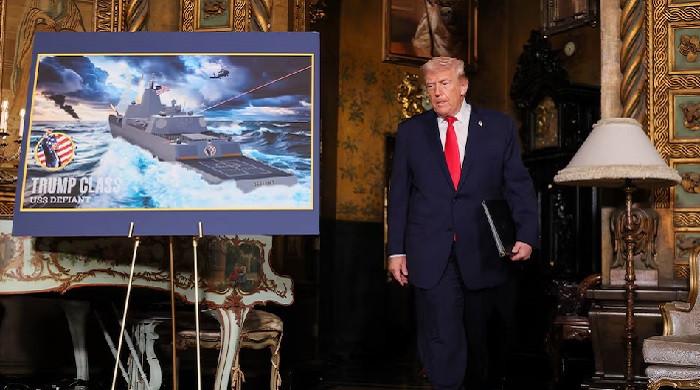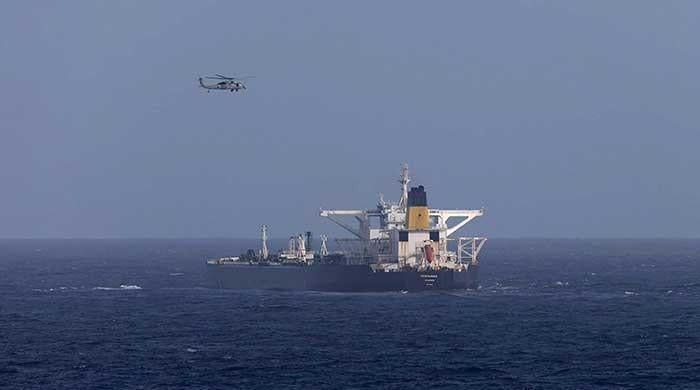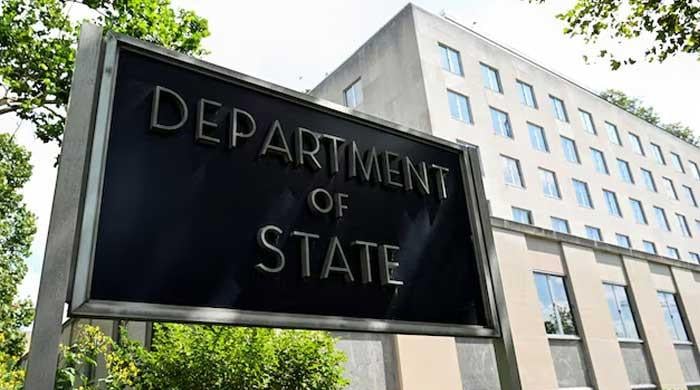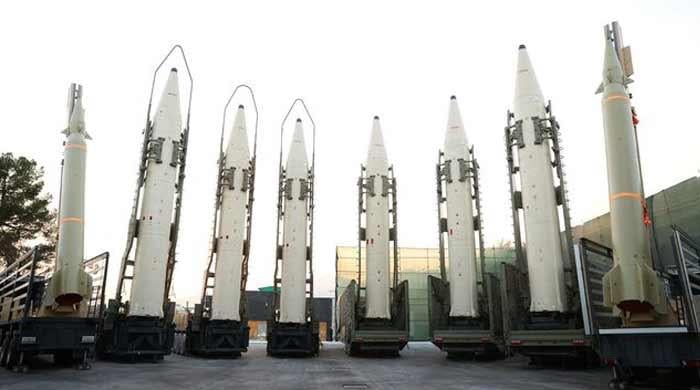Malaysia airlines disappearance shows technology's limits
KUALA LUMPUR: The so-far fruitless search for Malaysia Airlines Flight 370, which disappeared early Saturday with 239 people aboard, is unprecedented because of the plane's size and because the...
March 12, 2014
Planes have fallen, never to be seen again, from the earliest days of aviation. Others have been found only after lengthy searches or by chance decades later. Radar, satellites and other technology have become powerful aids in such situations.
But as Flight 370's disappearance shows, technology still has limited reach in some swaths of the planet.
"The fact is that, in many parts of the world…radar coverage is not complete," said David McMillan, Chairman of the Flight Safety Foundation and former head of Eurocontrol, Europe's air-traffic coordinator. "It's clearly an area for further improvement."
In the same region in 2007, it took crews 10 days to find the first pieces of an Indonesian Boeing 737 that crashed in the sea near Sulawesi. Searchers needed 36 hours to locate the first wreckage of Air France Flight 447, which crashed over the Atlantic five years ago with 228 people aboard.
"If a plane goes down in the ocean, it's very difficult to find it," said Richard B. Stone, a former president of the International Society of Air Safety Investigators.
The Aviation Safety Network, a database tracking accidents, lists 80 planes as "missing" since 1948. No trace of the planes or their occupants was ever found, according to ASN President Harro Ranter. The aircraft range from tiny one-seat propeller planes to jetliners and a U.S. Coast Guard Lockheed C-130 Hercules—a four-engine turboprop transport—that crashed off the California coast in 2009.
Today, radar can generally track aircraft large and small. But even in an age of global satellite navigation and the perception of worldwide surveillance, significant areas of Earth are untouched by radar or regular observation.
Empty spots are shrinking. In the 1970s, the "Bermuda Triangle" loomed in the American imagination after several military planes disappeared in the Atlantic Ocean region between Florida, Puerto Rico and Bermuda, and other planes and ships were said to have vanished there. Supernatural explanations were eventually debunked.
"The accident rate in the Bermuda Triangle is no better or worse than anywhere else, but it sounds really intriguing," said the Smithsonian's Mr. van der Linden.
Rational explanations haven't limited people's imaginations. The hugely successful TV series "Lost" focused on passengers of a jetliner that crashed on a mysterious island not found on maps.
Disappearances are often simply accidents in remote locations, based on an analysis of planes that eventually showed up. Air France Flight 447 vanished for more than a day before searchers found floating pieces of the Airbus A330.
Millionaire adventurer Steve Fossett disappeared in September 2007 while flying a single-engine propeller plane near Yosemite National Park in California. It took more than a year to find the wreckage.
Other accidents are often too difficult to investigate, or the small number of people killed is deemed too low to merit a costly search. "It is very expensive to do," said Mr. Stone, the accident investigator.
The Boeing 707 that crashed off Japan in 1979 had six people aboard. A Boeing 727 that sent distress messages and vanished after taking off from Reykjavik, Iceland, in 1990 had 18 people aboard. Neither was ever found.
Modern technology increases the chance the Malaysia Airlines flight will be found, the Air France crash suggests. While floating wreckage of that Airbus plane was found in less than two days, weeks of deep-sea searches turned up no sign of the fuselage or pings from beacons on its recorders.
Two subsequent searches were conducted using progressively more-sophisticated remote undersea vehicles, advanced sonar equipment and computer modeling of tidal patterns. Within days of launching the third search, almost two years after the crash, the wreckage was discovered.
"There's going to be a trace somewhere, it will be found," the Smithsonian's Mr. van der Linden said of the Malaysian plane. "It may be a surprise about where it's found, but we don't know what happened on the airplane."




